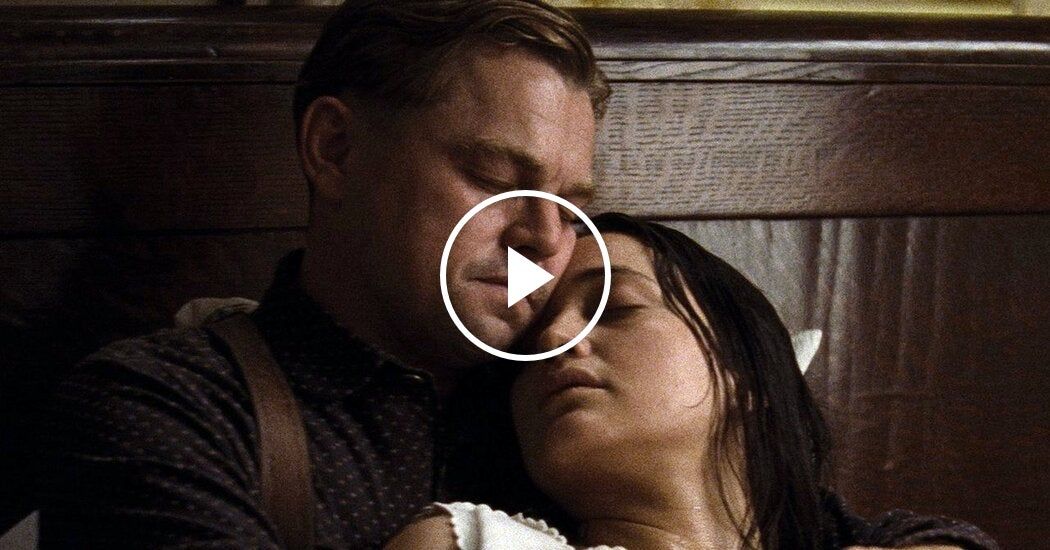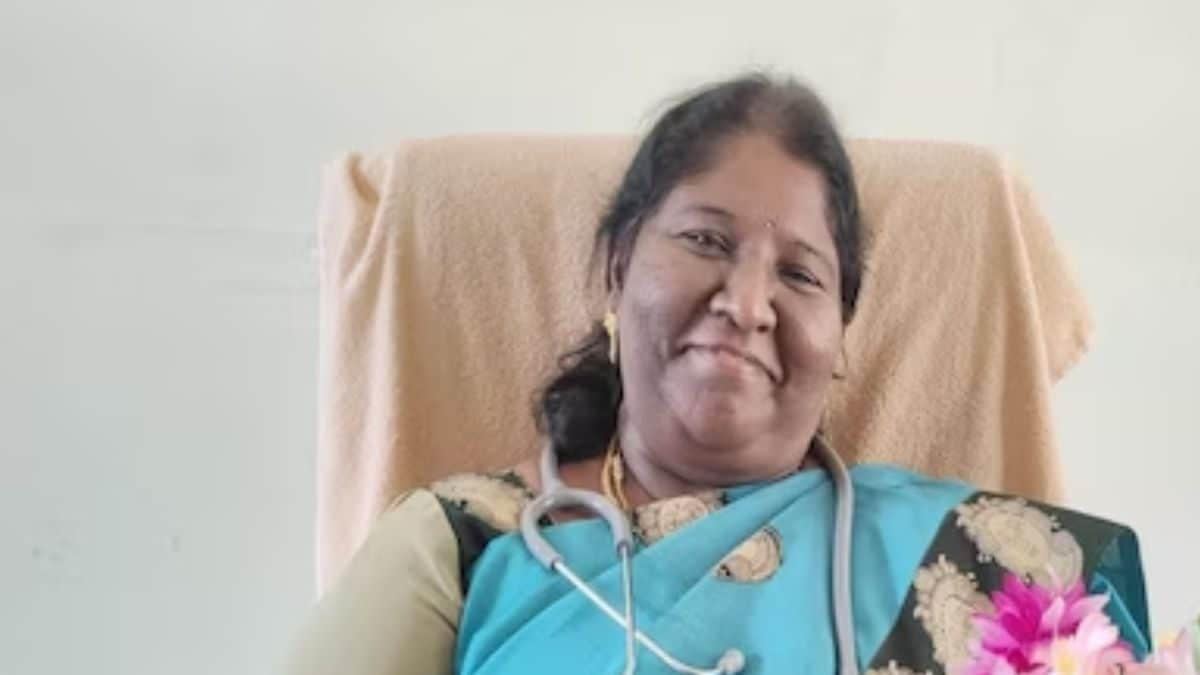I'm Martin Scorsese and I was director, co-writer and co-producer of 'Killers of the Flower Moon'. At this point in the story, it becomes quite evident that the people who have been carrying out the disappearances and murders of the Osage Native Americans to obtain their property rights and oil money are being investigated. And they've narrowed the list down to who they thought would be the weakest link. The one they know they could probably get the information from or break up with is Ernest Burkhart. And he's played by Leo DiCaprio. “Well, here we go.” Since all the characters are circling around each other in the movie, and since the circle gets increasingly tighter, my drawing for the shot was simply a circle with an arrow. That was it. “My wife is very sick.” I want it to become a kind of circular ballet. He gets up, spins in circles, the camera rotates around him and, while this happens, other figures appear in the frame from left to right. And while he turns around and tries to explain that his wife is sick, which is an understatement, the camera continues to follow around him. “You got it, you got it all wrong.” Until we finally get to the door, and he tells his little son, which is an improvisation, he tells him, go with him now, son, go with him. “My wife is very sick!” That was one of the most fun moments, designing that shot. And then the interrogation begins. I had to be very careful at the time, because once scenes and stories like this end up in police stations or interrogation rooms, I find that the images become flat and uninteresting. And then I said, let's try angles that are like boring the characters. Not boring images, but boring, really focused on them. The angles would have to be frontal. But what was interesting to me is that when we cut to Leo, when he gets really tired, he fades away. But then he shows up again. And when he shows up again, you're still in the same shot. We may have vanished for an hour or two. You don't expect to appear in the same image again. That is what I expect. “I need to sit down.” “Yes, you do, but you're standing.” That's when he's really blacked out and is very, very tired. “I'm going to have to get some sleep.” In a way, what I had to do was fight the tendency to maybe over-engineer the camera performance. And in doing so, I think that tension is maintained in the frame. And finally, when he moves, it means something. When he cuts, it means something, as much as possible. “And you put the explosives under the house?” “I don't know anything about explosives.”











